Why do some buildings collapse in earthquakes and others don’t?
When a natural disaster like an earthquake strikes a major city like Bangkok, it’s always shocking when a big building collapses – why do some buildings fall when much taller ones are left intact?

READING LEVEL: ORANGE
You may have seen or heard about dramatic footage of an unfinished building collapsing in Thailand’s capital Bangkok over the weekend. The building came down after Thailand, Myanmar and neighbouring countries were struck by a major 7.7 magnitude earthquake on Friday 28 March.

As cities and population sizes around the world grow, more buildings are needed to accommodate all the extra homes, businesses and services. That means there are more buildings on Earth than ever before, so it is worthwhile understanding why they collapse, why some structures are more at risk of falling down than others, and how engineers* and architects* are working to stop buildings collapsing in the event of a natural disaster.
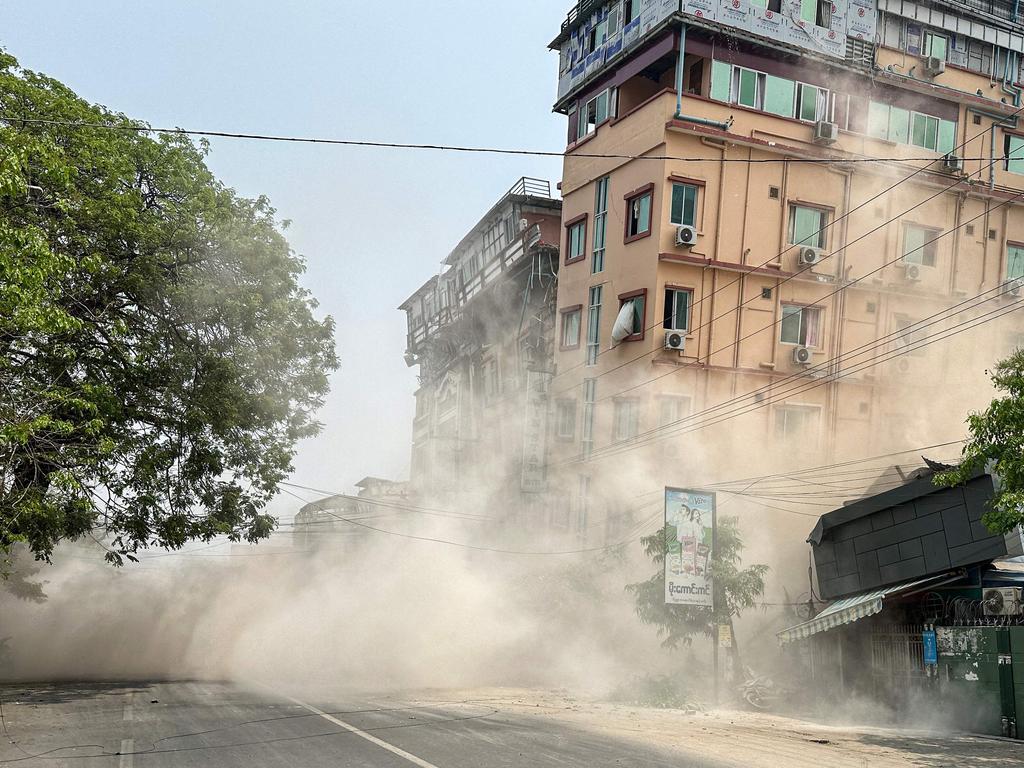
WHY DO SOME BUILDINGS COLLAPSE?
It’s natural to assume that buildings collapse because the ground is shaking immediately beneath them, but that’s not quite what happens.
Let’s start with tectonic* plates, which are massive, irregularly shaped slabs of solid rock. There are two types of plates – the lithosphere in Earth’s outermost layer is made up of the crust and upper mantle, and the asthenosphere is the partially molten* layer of rock below that.
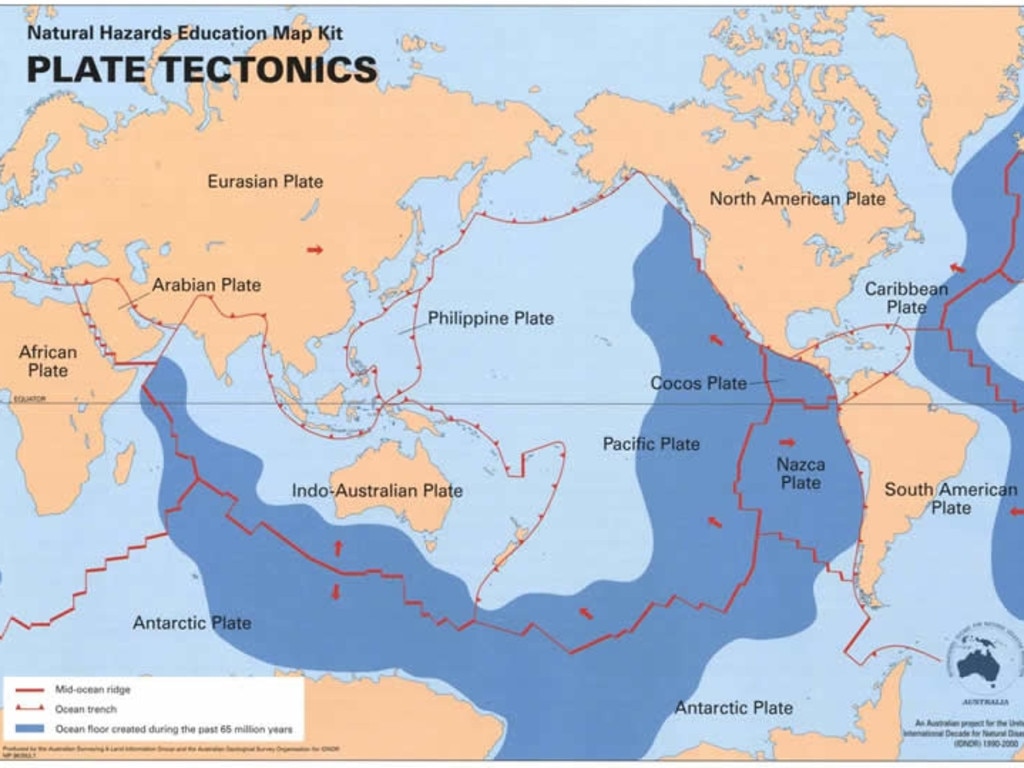
Tectonic plates move about two to 15 cm per year, and when they rub up against each other, they can cause earthquakes. The movement of tectonic plates is responsible for such vast geological* formations as the Himalayas* but they’re much further below ground than the foundations of a building.
WATCH THE VIDEO
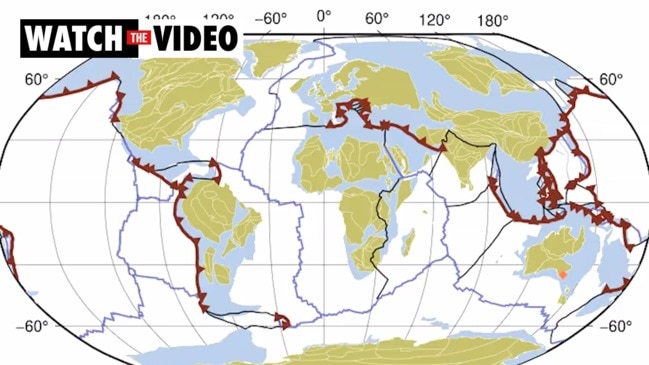
Which brings us to fault lines, which is where tectonic plates meet: these are the fractures or cracks in the Earth’s crust between the two shifting blocks of rock. Some of these cracks are tiny but some faults are hundreds of kilometres long. These include the San Andreas Fault in California and the Anatolian Fault in Turkey, which are so big they’re visible from space.

Most buildings aren’t directly on top of a fault line because most cities aren’t built in those places. Living right on top of a major fault line doesn’t sound like a very good idea, so it might surprise you to know that some of the most populous cities on Earth do have millions upon millions of people doing just that, including residents in Tokyo, New York and Mumbai.
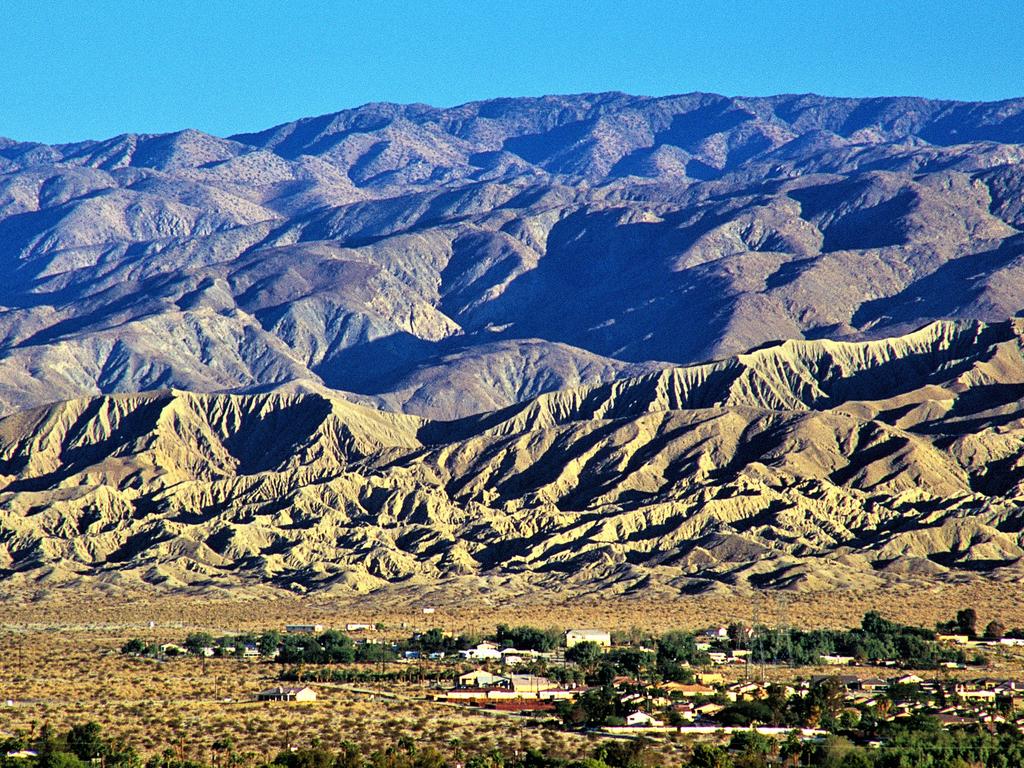
HOW DO WE REDUCE IMPACT?
Architects and engineers use scale models to understand and avoid earthquake impact on the built environment. Despite their very basic construction, these models provide a lot of useful information because the laws of physics remain the same.
Most collapses are not generally caused by the earthquake itself. Rather, when the ground moves beneath a building, it shifts the foundation of the building’s lower levels.
That displacement sends shockwaves through the building’s upper levels, causing it to move back and forth.

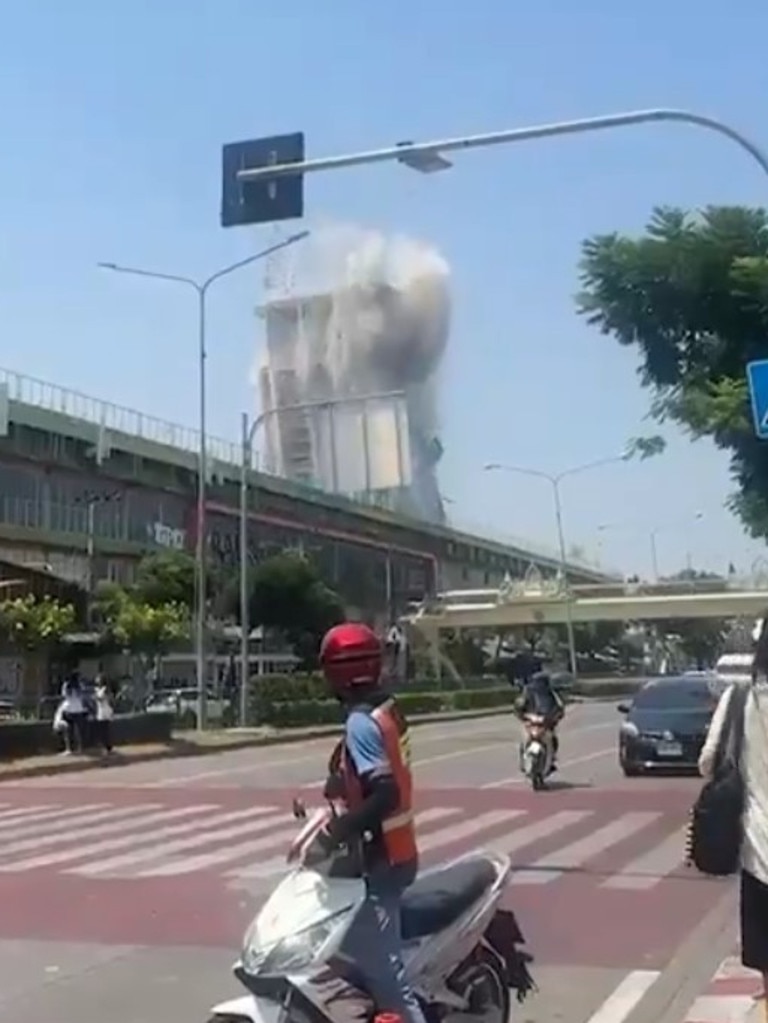
Shockwaves are also known as seismic* waves.
The strength of these shockwaves is determined by several factors:
- The earthquake’s magnitude – bigger earthquakes create greater seismic force
- Distance from the epicentre* – buildings closest to the epicentre will experience more intense shaking
- Soil type – soft, loose soils in a building’s foundations amplify shockwaves and therefore increase the force that strikes that building in an earthquake.

Two things decide how strong a structure’s movement from side to side will be (an effect called oscillation*): the building’s mass, which is concentrated at the bottom, and its stiffness, which is the force needed to cause a certain amount of displacement.
Along with the materials used in construction and the shape of the building’s columns, stiffness is largely a matter of height.
Shorter buildings tend to have greater stiffness and move less, while taller buildings are more flexible, and move more.
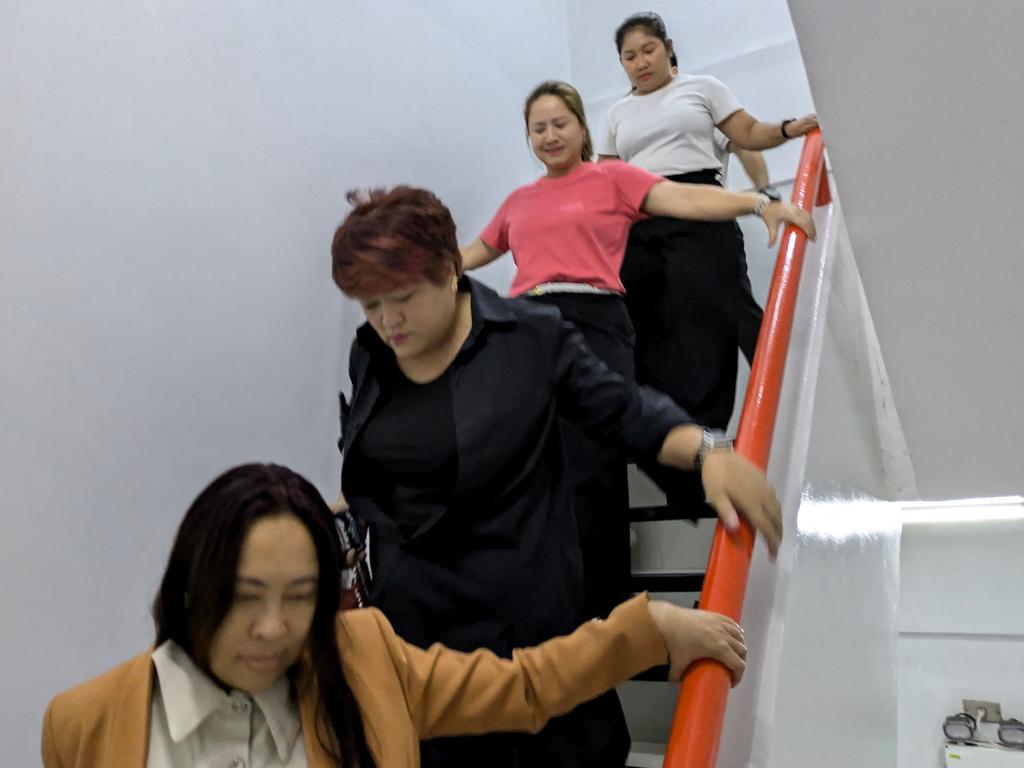
WHY NOT JUST MAKE BUILDINGS SHORTER?
Well, one of the most infamous examples was the Mexico City earthquake in 1985.
Many buildings between six and 15 storeys collapsed. Shorter buildings nearby were left standing – but so were taller buildings higher than 15 storeys. And the mid-size buildings that did collapse were reportedly shaking much more violently than the earthquake itself. So why were all these mid-size buildings worse off?

NATURAL FREQUENCY
When something moves from side to side or forward and back, what is known as an oscillating system, the frequency is how many movement cycles happen each second.
In the case of a building moving from side to side in an earthquake, its natural frequency is determined by its mass and stiffness, which is the frequency that its vibrations will tend to concentrate around.
In the case of the Mexico City earthquake, unfortunately the effect of “resonance” came into play. The frequency of the earthquake’s seismic waves happened to match the natural frequency of those mid-size buildings.

SEISMIC FORCE AND SWING SETS
Seismic forces can be vertical* and horizontal*. Horizontal seismic forces are parallel* to the ground and make buildings shake and sway, often making them the primary cause of building collapses.
If you think of pushing a swing, each additional push increases the swing’s forward movement, which also causes it to swing (oscillate) even further back. In Mexico City, eventually the effect of this resonance on the buildings reached a far greater extent than that caused by the earthquake.

SMARTER SYSTEMS
Human beings are always evolving* and learning.
Tsunami warning systems were overhauled after the 2004 Boxing Day tsunami, for example, and lessons were learned after the Mexico City earthquake as well.
Technology has also vastly improved since 1985, and computer modelling is pinpoint accurate. Today, engineers* and architects* work with geologists* and seismologists* to predict the frequency of earthquake motions at building sites in order to prevent the type of resonance effect that caused the Mexico City building collapses.
They consider factors including soil and fault type, as well as historical earthquake data.
In an earthquake, it’s not necessarily the sturdiest buildings that remain standing, but the ones built with smart systems that include:
- Strong foundations – deep, well-anchored foundations are crucial for transferring impact to the soil.
- Flexible structures – flexible frames and shear walls absorb seismic energy and withstand collapse.
- Ductile* materials – steel, for instance, can be stretched and pressed without breaking
- Base isolation – base isolation can protect the building from shockwaves transmitting from the ground.
- Dampers – these devices absorb the energy from seismic force, limiting its impact and gradually dissolving it.
Sources: Centre for Research on the Epidemiology of Disasters, TED-Ed: Why Do Buildings Fall in Earthquakes, SchoolTube, National Geographic, ScienceDirect, Geoscience Australia
WATCH THE VIDEO
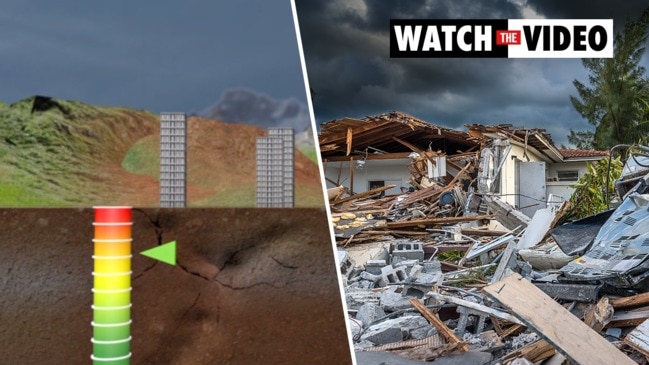
POLL
GLOSSARY
- engineer: someone whose job is to design or build machines, engines, or electrical equipment, or things such as roads, railways, or bridges, using scientific principles
- architect: person whose job is to design new buildings and make certain they’re built correctly
- tectonic: relating to the structure of the Earth’s crust
- molten: metal or rock is in a liquid state because of great heat
- geological: relating to geology, the physical structure of the Earth
- Himalayas: Asian mountain system between the Plateau of Tibet to the north and the alluvial plains of the Indian subcontinent to the south that includes Mt Everest, the highest peak in the world
- oscillation: swinging, swaying, moving back and forth in a regular movement from one position to another
- vertical: at right angles to the horizontal plane, upright, perpendicular
- horizontal: as in the line of the horizon, which is always parallel to the ground
- parallel: two lines that don’t intersect, extending in the same direction and at the same distance apart at every point, so as never to meet, as lines, planes
- geologists: scientists who study of the physical features and history of Earth
- seismologists: scientists who study the movements of the earth connected with earthquakes
- ductile: describes the malleable (workable) quality of a material that can be stretched out or made thin
- seismic: relating to or caused by an earthquake
- epicentre: the point on the earth’s surface directly above the origin of an earthquake
EXTRA READING
Scottish fans trigger seismic Swift
Biggest Taiwan quake in 25 years
Earthquakes signal Iceland’s volcanoes waking up
QUICK QUIZ
- Where was the unfinished building that collapsed after the March 28 earthquake?
- Which two countries were most affected by the earthquake?
- What was its magnitude?
- What was the storey range of the buildings in Mexico City that were badly impacted in 1985?
- What are five features of smarter building designs to reduce earthquake impacts?
LISTEN TO THIS STORY
CLASSROOM ACTIVITIES
1. Building design
Looking at the factors of smart building systems mentioned in the article, design your own building that you think would withstand an earthquake (it can be any shape, size, design).
Outline the features of your building that you think makes it earthquake proof.
Time: allow 20 minutes to complete this activity
Curriculum Links: English, Design and Technologies, Science, Personal and Social, Critical and Creative Thinking
2. Extension
What checks should be in place to sign off new buildings being built for safety and the ability to survive natural disasters such as earthquakes?
How else could big cities ensure buildings won’t collapse when put under pressure?
Time: allow 10 minutes to complete this activity
Curriculum Links: English, Science, Design and Technologies, Personal and Social, Critical and Creative Thinking
VCOP ACTIVITY
Wow word recycle
There are plenty of wow words (ambitious pieces of vocabulary) being used in the article. Some are in the glossary, but there might be extra ones from the article that you think are exceptional as well.
Identify all the words in the article that you think are not common words, and particularly good choices for the writer to have chosen.
Select three words you have highlighted to recycle into your own sentences.
If any of the words you identified are not in the glossary, write up your own glossary for them.
Extension
Find a bland sentence from the article to up-level. Can you add more detail and description? Can you replace any base words with more specific synonyms?
Down-level for a younger audience. Find a sentence in the article that is high level. Now rewrite it for a younger audience so they can understand the words without using the glossary.

